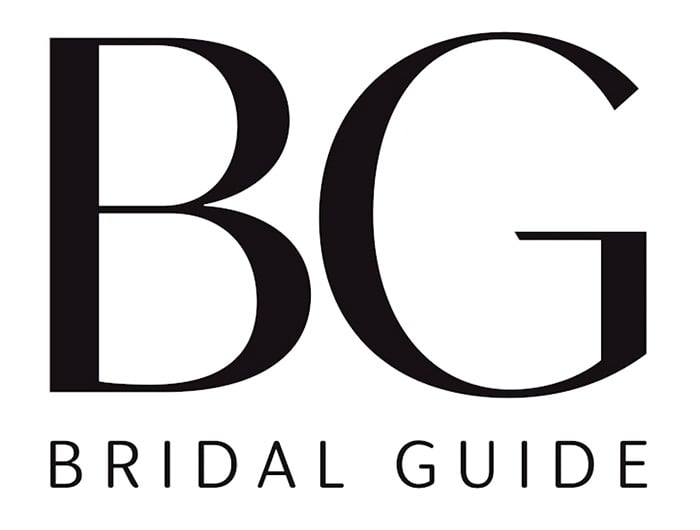Build guest anticipation with invitations that express your true style.
Your wedding invitations will give your guests their first glimpse of the big day to come, so you'll want them to reflect the style and special touches on which you've spent so much time. Whether you're into the trendy or the traditional, there are lots of styles that will capture the essence of your celebration.
Design & Components
Traditional wedding invitations are still printed on simple creamy white or ivory paper in black ink, though some couples today choose pretty papers, colorful illustrations, and even three-dimensional decorations such as pearls, silk flowers, or ribbons to create a unique package that reflects their personal styles.
Most invitations today are either engraved or thermographed—two processes which yield similar results but have different impacts on your budget.
Traditional engraving is an expensive, lengthy process in which letters are etched into the paper. Thermography is quicker and less costly. It creates raised print and is almost indistinguishable from engraving, except that it doesn't indent the back of the paper.
Whatever choice you make, insist that your printer give you a proof of the type before printing, and ask a friend to give it a read-through too. Look for omissions as well as errors—don't forget the times!
Typically, the main card's dimensions are 5 1/2" by 7 3/8" for a sheet folded over once, or 4 3/8" by 5 3/4" for a single card. But feel free to innovate. Perhaps you'd prefer a simple square sheet; a tall, narrow folded card; or a delicate, ragged paper adorned with a tassel down the side.
Unless all of your wedding guests are local, you'll want to include a map clearly outlining how to get to the ceremony and reception sites, along with a set of written instructions from various directions. It's preferable to have these cards printed on the same paper (or a similar color and stock) as the invitation, but you may use preprinted directions provided by the sites instead.
While tradition used to dictate that guests would send a hand-written reply to the host, enclosing a response card with an addressed, stamped return has become a common and acceptable practice. Making it easy to reply in this way is likely to decrease the number of non-responding invitees you'll need to chase down later, but the additional printing and postage does add to the overall cost.
Finally, consider additional inserts as a way to personalize your invitations. If you're having assigned seating for the ceremony, you might include a printed pew card (also called a within-the-ribbon card), explaining where the guest should sit. Depending on the formality of your invitation, you may even want to include hotel and tourist information for local sights that your out-of-town guests might want to explore. Remember, though, that each insert affects your budget and the amount of postage you'll need.
Wording
Besides announcing your upcoming marriage, your wedding invitation needs to convey:
- who is hosting the affair
- the level of formality (casual, semiformal, formal)
- the time, date, and location
It should also include any special information (for example, that only cake and champagne will be served at the reception so guests don't expect dinner, or that it will be an outdoor reception so guests can dress properly).
Using traditional language is the quickest way to bring formality to your wedding. While you needn't feel constrained by every formality, etiquette rules do provide time-tested guidelines that can address your specific needs. Your main concern will be wording your invitation correctly—particularly if you're trying to accommodate a nontraditional arrangement (such as hosting the affair yourselves, or divorced parents).
Traditional wording includes:
- no punctuation marks except for commas after the day of the week or periods after abbreviations
- British spellings for words like honour and favour
- dates and times are spelled out (the fifteenth of May; half after three o"clock) and a.m. or p.m. are not used
- church addresses are omitted, except in large cities
In a case where only some of the ceremony guests are invited to a reception afterward, separate cards announcing. "Reception immediately following the ceremony" and naming the location should be printed and placed in the invited guests" envelopes. Otherwise, printing the above reception announcements directly on the invitation is appropriate. Street addresses and zip codes need not be included in invitation text, except in the R.S.V.P. address.
For specific examples of wording for different situations, see our Wedding Invitation Wording Examples.



